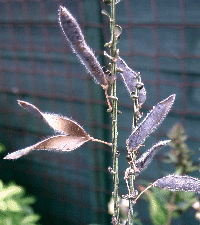
Broom
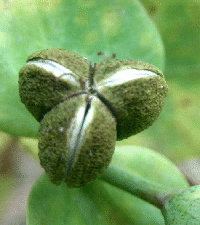
Eurphorbia
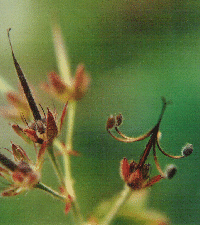
Geranium
Dispersal of Seeds by Force
Some plants provide their fruits (seedpods) with a mechanism that ejects the seeds from the pod by force.
 Broom |
 Eurphorbia |
 Geranium |
There are several methods plants use to fling their seeds out of the seedpod. All of them rely on the effect of evaporation of water in the seedpod, so this method of seed dispersal usually takes place in the sun. It is one of the favourite methods used by members of the Papilionaceae (formerly Leguminosae). If you walk over heathland near Gorse bushes on a hot sunny day, you can hear the explosions of the seedpods as they burst open and send their seeds out. Lupins, too, have a similar system. The side of the seedpod facing the sun dries out more quickly than the side in the shade, causing the pod to buckle and pop open. The seedpods then curl up like animal horns, sending the seeds flying.
Geraniums also use the heat of the sun to shoot their seeds from the pods. The seeds are in a ring at the base of the style, each one with its own cover which is attached to the tip of the style by a thin woody strip. When the seeds are ripe, the seed covers split apart, and the strip rips up the style but is stopped suddenly because the strip remains attached to the style. The seeds are catapulted out at high speed.
Oxalis seeds are covered by an elastic coating. When this dries out, it splits suddenly, shooting the individual seeds out of the pod.
Euphorbia is another plant whose seedpods crack open with a loud explosion. When the three joints in the seedpod dry out, they split open suddenly, and the seeds are shot out. Ceanothus berries also operate this system when the fleshy outer covering has dried out.
Plants that disperse their seeds by this method include:
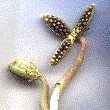 |
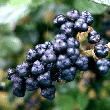 |
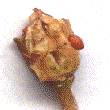 |
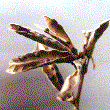 |
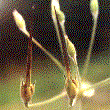 |
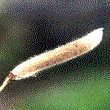 |
| Back to the Seed Dispersal Main Page |
|---|